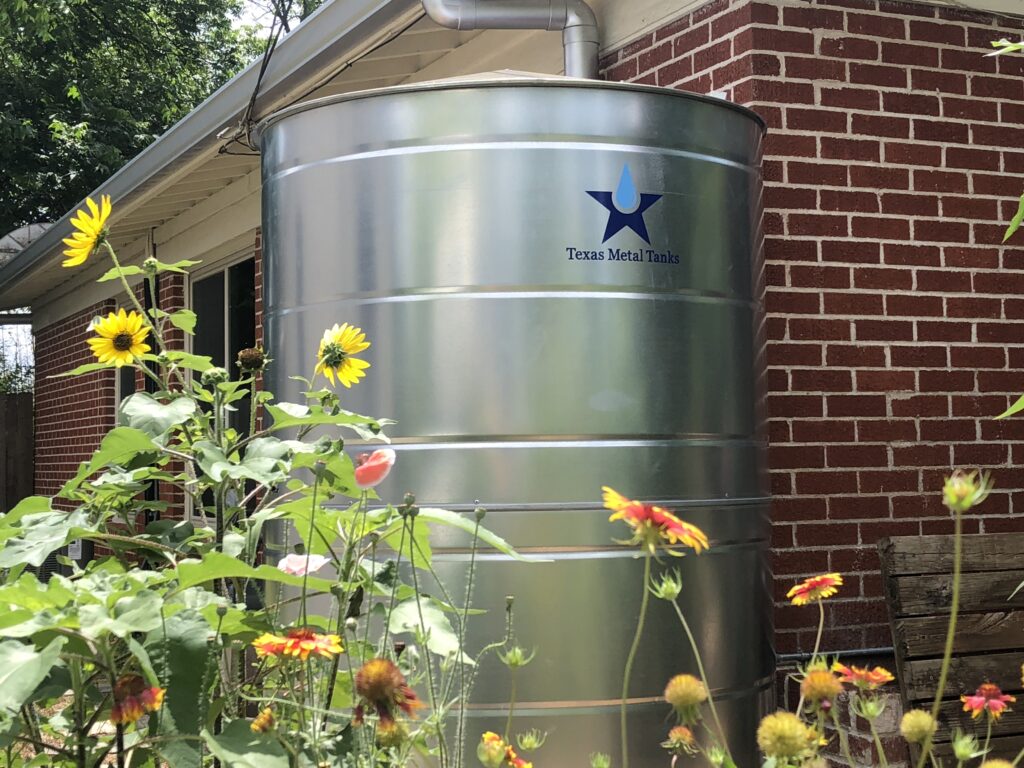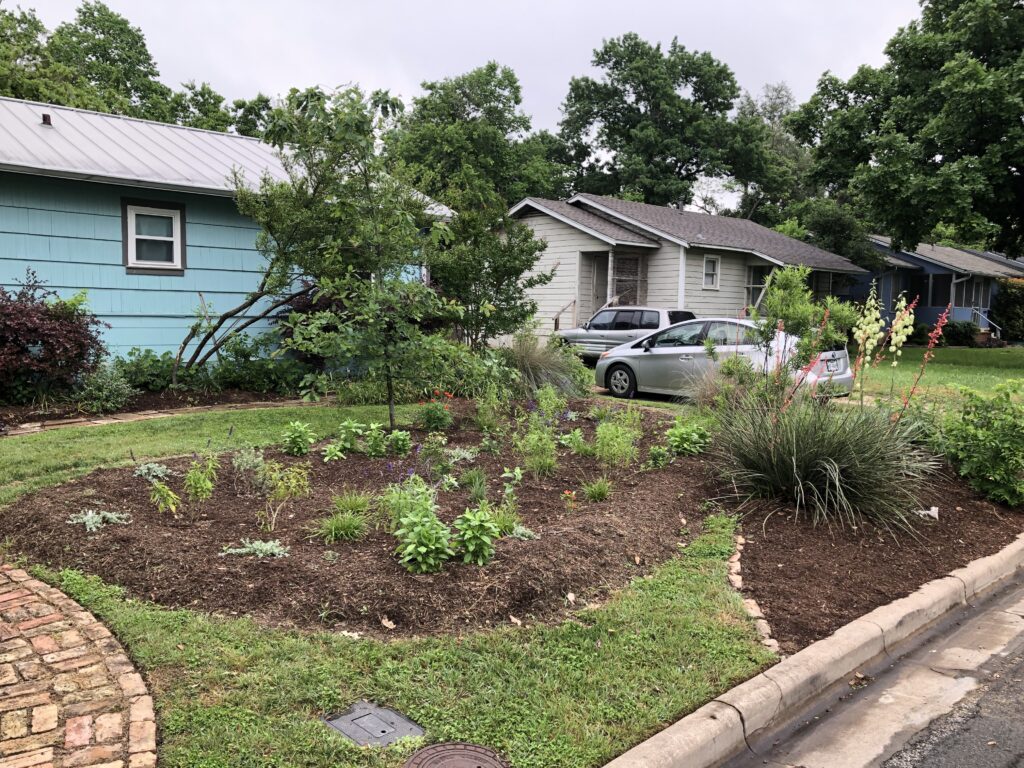The elixir of life, water, is fundamental to our survival, yet it is becoming increasingly scarce. Austin’s population has more than tripled since 1970 and is projected to quadruple from its current size. Despite this surge in residents, Central Texas has no more water available than it did decades ago. Lake Travis, the primary source of drinking water for Austin and Travis County, was only 37% full in May, before the searing heat of the Central Texas summer set in. With climate change intensifying droughts and extreme heat, conserving water has never been more critical. Fortunately, leaders in government like Travis County Commissioner Brigid Shea (who is also the USA board chair of ICLEI – Local Government for Sustainability) and community innovators like Paige Oliverio, director of the Rain Catcher Pilot Program, are implementing innovative water reuse strategies across Austin.

A History of Conservation, Continued Innovation
Since the 1990s, Austin has dramatically decreased its water consumption per person. This historical context underscores the importance and effectiveness of continued conservation efforts.
The need for water conservation in Central Texas is urgent, but the solutions are within reach. From the Rain Catcher Pilot Program in individual yards to the extensive use of purple pipe water in large buildings and golf courses, Austin is pioneering a sustainable path forward. These efforts demonstrate that with creativity and collaboration, we can ensure a stable water future for generations to come.
The reuse of water is not just an innovative solution—it is a necessary one. As Austin continues to grow, these practices will become increasingly vital in safeguarding our most precious resource. By embracing water reuse at all scales, we can create a more sustainable and resilient community.

Rain Catcher Pilot Program
At the neighborhood level, the Rain Catcher Pilot Program exemplifies how individual efforts can contribute to broader water conservation goals. Spearheaded by Oliverio contracting with the City of Austin Watershed Protection Department, this initiative encourages residents to redesign their yards to capture and soak in rainwater. The program integrates the objectives of multiple city departments—Austin Water, Watershed Protection and Forestry—offering rebates and support to facilitate this transformation.
Rain gardens, a key feature of the program, effectively capture runoff from impervious surfaces like roofs and driveways. These gardens filter contaminants and allow water to percolate into the ground, enhancing soil health, providing water for street trees and reducing the strain on stormwater systems, all of which have a direct impact on the vitality of urban creeks.

The Purple Pipe Infrastructure
Austin has been steadily developing a network of purple pipe infrastructure, which supplies treated sewage water for non-drinking purposes. This reclaimed water, often referred to as “purple pipe water,” is a sustainable alternative for uses such as irrigation and cooling systems. Already, this system serves golf courses, some residential subdivisions and large buildings, including those owned by Travis County. These efforts have significantly reduced the demand for potable water, showcasing how urban infrastructure can adapt to environmental challenges.

The Bigger Picture: Community and Climate Resilience
These innovative approaches to water reuse highlight the importance of local action in addressing global environmental challenges. As Shea aptly puts it, “Nations talk about big-picture goals and reduction targets, but local governments are where we can actually take action.” By thinking globally and acting locally, communities like Austin can make significant strides in water conservation and climate resilience.

